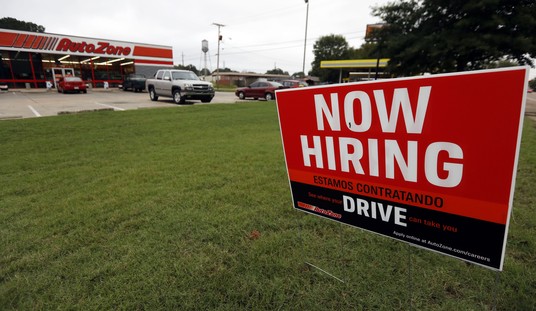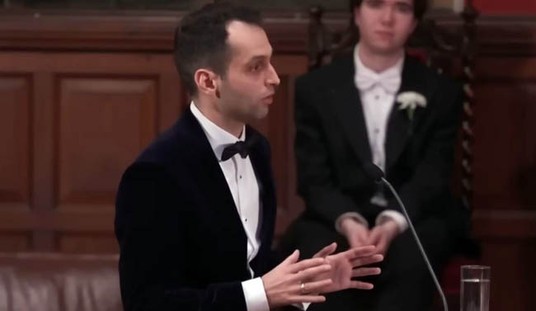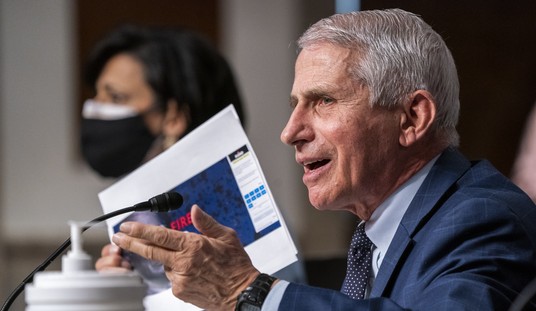This isn’t exactly what Democrats needed as they come back to Washington DC to push through an unpopular overhaul of the American health-care system. USA Today highlights the concerns over the revenues and the savings in ObamaCare, reviewing the assumptions built into the version of the Senate bill in an evenhanded manner. The point still gets made — that there is a lot of magic in these assumptions:
Among the assumptions included in those projections:
•The Senate bill calls for $438 billion in cuts to Medicare and Medicaid over a decade. About one-fourth of the cuts come from Medicare Advantage, which are Medicare plans run by private insurers; 42% would result from trims in Medicare payments to doctors and hospitals.
A December Department of Health and Human Services (HSS) report said some of the cuts “may be unrealistic” and could reduce access to care. Rudolph Penner, a fellow at the Urban Institute, said it would be “very hard” politically for Congress to ultimately allow the cuts to occur.
Paul Van de Water, a senior fellow with the Center on Budget and Policy Priorities, counters that Congress has allowed proposed Medicare cuts to go into effect in the past. “Medicare reductions have been part and parcel of most major deficit reduction efforts in recent years,” he said.
•A proposed insurance program for senior care would collect $72 billion over 10 years even though government reports have raised questions about its long-term sustainability. Current, active workers would pay into the program for five years before becoming eligible for nursing home or in-home care subsidies.
Interestingly, USAT doesn’t address the “Cadillac tax” and its revenue stream, even though it’s as likely to produce the estimated $238 billion un revenues as Congress is likely to cut Medicare benefits. That tax relies on heavily penalizing insurance companies that offer plans over a certain cash value. That will likely result in insurance companies ending those offerings and tailoring new plans that will come in just under the penalty levels. That may save some usage in the system and reduce costs at the margins, but it will also blow a big hole in ObamaCare revenue when those tax collections fail to appear. The USAT article also fails to mention the “doctor fix” that blows all of the price assumptions out of the water, and which this Congress will attempt to pass separately in order to keep the backing of the AMA.
But for an overall look at how much ObamaCare relies on unfounded assumptions, this is a good start. It shows how much these projections rely on not just the actions of this Congress, but of those in the future. They rely on future sessions not responding to complaints about lack of care and on the restraint to avoid rescinding cuts, even if — and that’s a big if — this Congress actually cuts Medicare in the end. It should provoke USAT readers to discover more about the flimsy foundation of this massive new government entitlement program, and as we have seen, the more that happens, the more people oppose it.









Join the conversation as a VIP Member